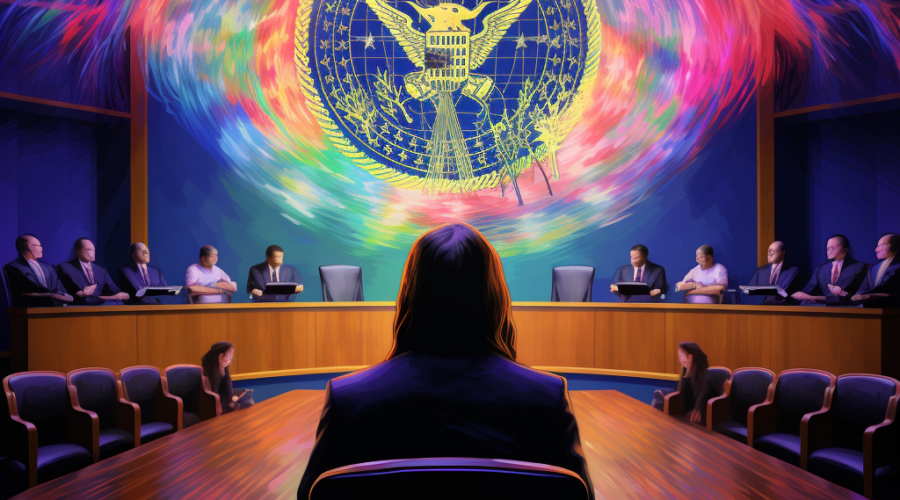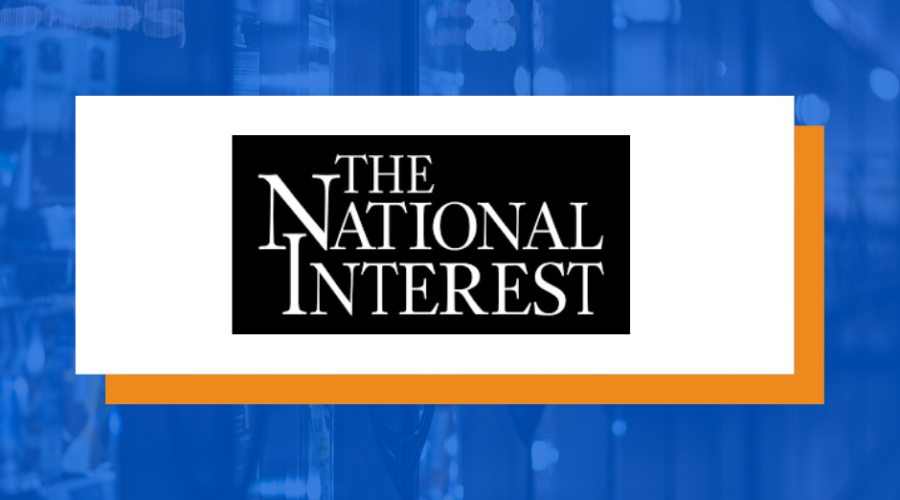Vermont’s Pesticide Bill Ignores Key Data
It has only been six months since I wrote for Newsmax about a pesticide bill in New York state that will ban the use of neonicotinoid pesticides starting in 2029. In my op-ed, I laid out why New York’s bill was a bad idea, that it would hit vulnerable farmers and consumers and put the state at an economic disadvantage.
Unfortunately, since my piece was published, the state’s Legislature passed the bill anyway, disregarding the ongoing farmer protests in Europe, which bemoaned this exact type of overregulation.
The passing of the New York bill and its not being vetoed by Gov. Kathy Hochul isn’t the only thing that has happened since October. The Vermont House has passed what is almost a carbon copy of the New York bill, also set to go into effect in 2029, and also banning neonic-treated seeds for agricultural use.
The motivation for Vermont’s bill came from the same 2020 Cornell report that triggered the New York ban, even though the authors wrote, “While this risk assessment is intended to support evidence-based decisions, we make no recommendations or policy prescriptions.”
Vermont’s House also said that similar decisions in Canada and the European Union laid the groundwork for their ambitions, even though both Canada and the EU are offsetting the adverse consequences of the bans by paying more farm subsidies than the United States. The fiscal note presented to the Vermont House does not lay out how much this will cost taxpayers — unless, of course, the state expects farmers to just carry the costs themselves or put it on consumers who are already suffering from reduced purchasing power.
The main argument for these bills is that neonic insecticides harm bees. Not only is there no scientific evidence to support that, but it is also negated by the most recent Census of Agriculture, which found that bees are at record highs, with the U.S having added 1 million bee colonies since 2007.
The Washington Post reported that bee colonies are the fastest-growing livestock in the U.S, with a 31% increase in the past 15 years. If neonics, which have been in use since the 90s, were to cause bee population decline, they would be awfully bad at it.
As always, these bills have little to do with protecting birds or bees. They are the work of environmental campaigners who have the ideological view that agriculture needs no chemical input whatsoever. They argue for a switch to an all-organic model, seemingly ignoring that a shift to organics would not just explode consumer prices but also increase carbon dioxide emissions since organic farming requires more resources to achieve the same yield as conventional farming.
The Vermont Senate is currently considering the bill and will hopefully reject it not just on account of it being unscientific but also on the fact that Vermont farmers, who heavily rely on exports to other states, simply cannot afford it.
Originally published here













